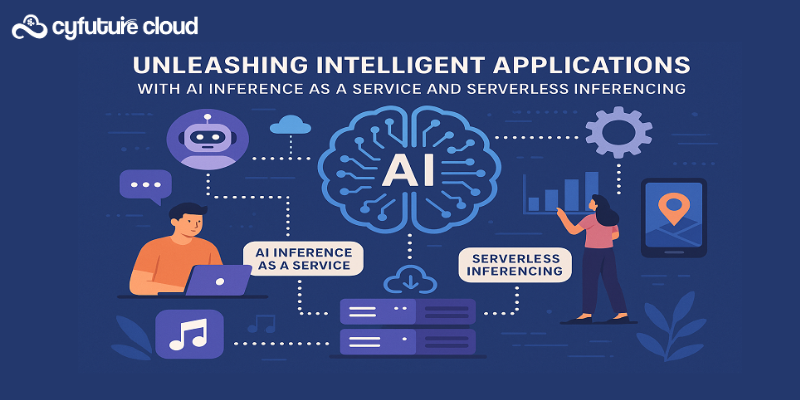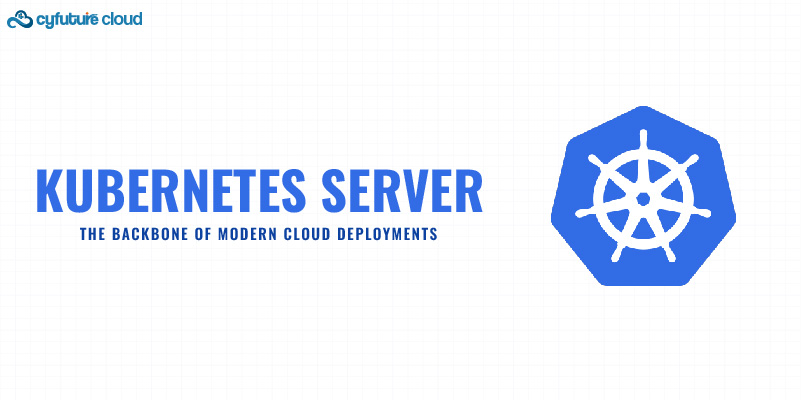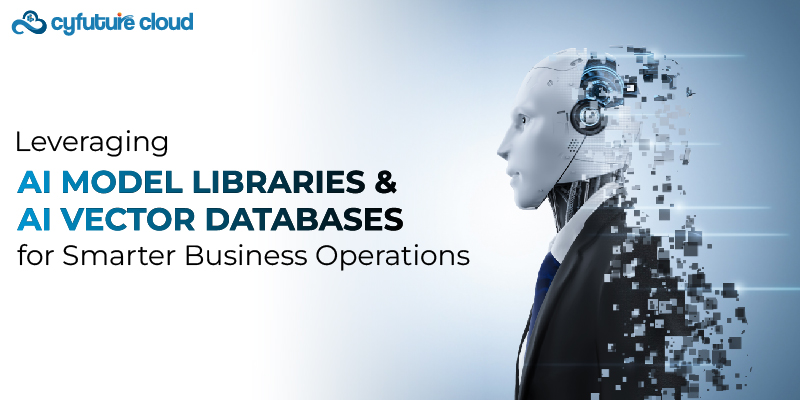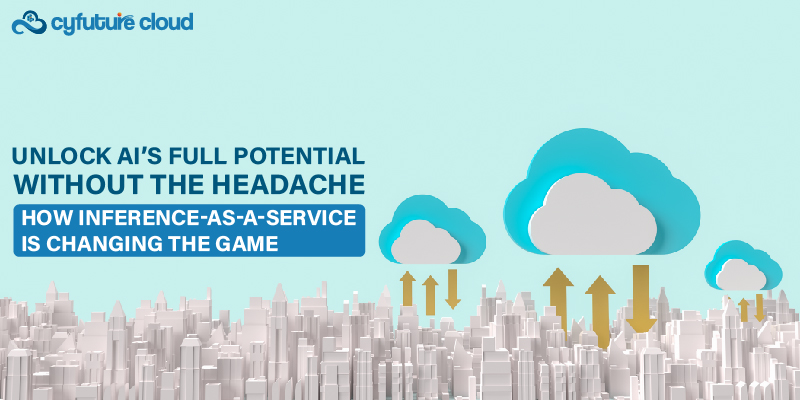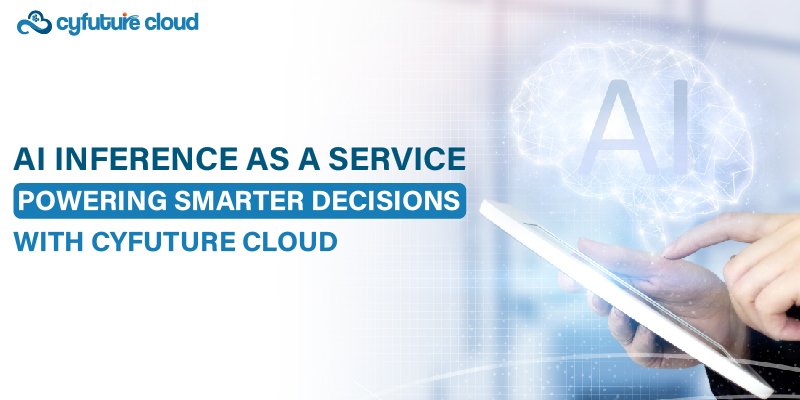Table of Contents
Cloud service providers (CSP) refer to the organizations that build public clouds, manage private clouds, or offer on-demand cloud computing services like Infrastructure-as-a-Service (IaaS), Platform-as-a-Service (PaaS), and Software-as-a-Service (SaaS). Furthermore, cloud services can reduce the price of business process management as compared to on-premise IT.
Cloud service providers use their own data centers and computational resources. Although they offer infrastructure and platform services based on cloud computing for clients. Cloud services are frequently billed using a range of pay-as-you-go subscription models.
Therefore, customers are only charged for the resources they use, like the time they spend using a service, the amount of storage they consume, or the number of virtual machines. Rather than being used as an independent infrastructure solution, these clouds are often implemented as a component of a hybrid cloud.
For users of SaaS goods, cloud service providers may host and provide their own managed services. They can also function as a third party, hosting an app from a different software provider.
Types of Cloud Service Providers
Various and increasing variety of cloud services are available these days. Therefore, customers can purchase any of the services from cloud service providers. As we discussed above, three main categories of cloud services such as SaaS, PaaS, and, IaaS.
1. IaaS Providers:
In the IaaS paradigm, the cloud service provider provides infrastructure elements. And, it would typically be found in an on-premises data center. In addition to hosting servers, storage, networking, and the virtualization layer, the IaaS provider also hosts other components in its own data center.
CSPs can expand their IaaS solutions by including other services like monitoring, automation, security, load balancing, and storage resilience.
2. SaaS Providers:
A wide variety of business technologies are offered by SaaS firms, including productivity suites, software for managing customer relationships, software for managing human resources, and software for managing data.
These technologies are all hosted and provided online by the SaaS provider. The on-premises software from many traditional software manufacturers is also available in the cloud. Others, typically larger organizations, would host their own cloud services while some SaaS providers would employ a third-party cloud provider.
3. PaaS Providers:
PaaS providers refer to the third group of cloud service providers. They offer cloud infrastructure and services that users can use to carry out various tasks. The use of PaaS services is common in the software development industry.
PaaS providers will integrate more of the application stack with the underlying infrastructure, such as operating systems and middleware, in comparison to IaaS providers.
Why Do Organizations Require Cloud Service Providers?
You and your team are in charge of managing, updating, and changing each component as needed when your hardware and software are completely on-premises.
You can assign management of some, all, or all of your infrastructure’s components to a third party using cloud service providers. Instead of investing in and maintaining your own infrastructure, you consume it as a service.
Various core gains are associated with cloud service providers. Some of them are the following. So, let’s examine them!
1. Scalability:
Organizations or users can scale up and down the IT resources according to their business demands.
2. Disaster Recovery:
Well, cloud computing services provide instant and reliable disaster recovery.
3. Mobility:
The resources you purchased from a cloud service provider can easily access from any physical location. You just need an internet connection.
4. Flexibility and Cost:
Pay-as-you-go cloud services let companies only pay for the resources they actually utilize. Additionally, using a cloud service provider eliminates the need to buy IT-related capital equipment.
Organizations should examine the subtleties of cloud pricing in order to precisely break down cloud costs.
Principles of a Cloud Native Architecture:
| Aspect | Description |
|---|---|
| Microservices | Applications divided into small, independently deployable services for scalability and flexibility. |
| Containerization | Usage of containers (e.g., Docker) for consistent deployment and scaling of applications. |
| Orchestration | Tools like Kubernetes manage containerized applications, scaling and deploying them automatically. |
| Serverless Computing | Event-driven functions (e.g., AWS Lambda) eliminate server management for specific tasks. |
| Continuous Integration/Continuous Deployment (CI/CD) | Automated pipelines for rapid and reliable software delivery. |
| Immutable Infrastructure | Infrastructure is treated as code, allowing for easy replacement and version control. |
| API-First | Designing with a focus on APIs, promoting flexibility and integration with other services. |
| Resilience and High Availability | Designing for fault tolerance and redundancy to minimize downtime. |
| DevOps Culture | Close collaboration between development and operations teams for faster and more reliable deployments. |
| Cloud-Agnostic | Designing to work across multiple cloud providers for flexibility and reduced vendor lock-in. |
| Scalability | Applications can scale horizontally to handle varying workloads seamlessly. |
| Monitoring and Observability | Comprehensive monitoring and logging to troubleshoot issues and optimize performance. |
| Security | Robust security measures, including identity management, encryption, and compliance standards. |
| Statelessness | Avoiding server-side state, making it easier to scale and replace components. |
A cloud-native architecture leverages these elements to build and operate applications that are well-suited for the cloud, providing agility, resilience, and scalability in a dynamic environment.
Here’s a table summarizing the key principles of cloud-native architecture:
| Cloud-Native Principle | Description |
|---|---|
| Microservices | Decompose applications into small, independently deployable services for agility and scalability. |
| Containers | Use containerization (e.g., Docker) for consistent and portable application deployment. |
| Orchestration | Employ orchestration tools like Kubernetes to manage containerized applications efficiently. |
| Serverless | Leverage serverless computing for event-driven, auto-scaling, and low-maintenance workloads. |
| DevOps | Promote a DevOps culture that emphasizes collaboration, automation, and continuous delivery. |
| Immutable Infrastructure | Treat infrastructure as code to enable rapid, reliable, and consistent provisioning and scaling. |
| API-First | Prioritize well-designed APIs to enable integration, flexibility, and efficient development. |
| Resilience | Design for resilience by implementing fault tolerance and redundancy to minimize downtime. |
| Scalability | Architect applications to scale horizontally, handling varying workloads seamlessly. |
| Cloud-Agnostic | Build applications that can operate across multiple cloud providers, reducing vendor lock-in. |
| Observability | Implement comprehensive monitoring and logging for troubleshooting and optimizing performance. |
| Security | Ensure robust security through identity management, encryption, and adherence to compliance standards. |
| Stateless Applications | Avoid server-side state to facilitate horizontal scaling and component replacement. |
What are the Challenges of Cloud Service Providers?
Well, here we have enlightened a few challenges that cloud service providers faced. So, let’s understand them!
1. Cloud Migration:
Transferring data from as well as to the cloud might take time. As massive volumes of data are transferred to the cloud, businesses can experience weeks or even months of being unable to access crucial information.
2. Cloud Security:
When businesses give a supplier access to sensitive data, they run the risk of security breaches, compromised credentials, and other serious security risks. Additionally, suppliers might not always be open about their security practices and vulnerabilities.
In addition to the provider’s offerings, businesses with unique security requirements may leverage open-source cloud security technology.
3. Performance and Interruptions:
During significant business events, crucial data and resources could become inaccessible due to outages, downtime, and technological difficulties on the provider’s end.
4. Hidden Costs:
There may be costs associated with cloud computing that wasn’t taken into account in the initial return on investment estimate. Unexpected data requirements, for instance, may force a customer to go beyond the agreed-upon limits, incurring extra costs.
To be cost-effective, businesses must also take into account the additional staffing needs for administering and monitoring cloud usage. In addition, charges like asset write-offs and data cleansing are incurred when on-premises systems are no longer used.
5. Contract Clauses are Intricate:
Organizations contracting with cloud service providers must actively negotiate contracts and service-level agreements (SLAs). If this isn’t done, the provider can be hit with excessive data return fees, early service termination costs, and other fines.
6. Restriction of the Merchant:
Due to high data transfer costs or the use of exclusive cloud technologies that are incompatible with other services, customers may find it challenging to switch CSPs.
To minimize vendor lock-in, businesses should have an exit strategy for the cloud in place before signing any contracts.
Bottom Line:
In this digital market, several cloud service providers are available across the globe. It is an organization that offers cloud services at a nominal cost. Besides, there are several other core gains of cloud service providers that help to take your business to the top. But also, there are a few challenges as well. Now, you have enough knowledge basic about cloud service providers.
Here at Cyfuture Cloud, we offer the cost-effective and best cloud services. So, if you are seeking something similar, you can connect with our experts or drop an email at with your queries.
Recent Post
Send this to a friend

 Server Colocation
Server Colocation CDN Network
CDN Network Linux Cloud Hosting
Linux Cloud Hosting Kubernetes
Kubernetes Pricing Calculator
Pricing Calculator
 Power
Power
 Utilities
Utilities VMware Private Cloud
VMware Private Cloud VMware on AWS
VMware on AWS VMware on Azure
VMware on Azure Service Level Agreement
Service Level Agreement 


